The manufacture of solar cells is a precision science. This is why today’s manufacturers are continually searching for new ways to safeguard productivity and yield. Attention has now turned to firing, increasingly recognized as a critical metallization step. Within this process, reactions take place amongst the bonding partners, which raise the potential for negative side effects.
Dr. Hans Bell, Jochen Burkhardt, Harald Müller, Rehm Thermal Systems, Blaubeuren (Germany)
In order to minimize this and protect output, steep heating and cooling gradients are utilized to keep the sintering step very short, as well as incorporating dwell times of typically less than ten seconds at high sintering temperatures.
The RFS Fast Firing System
To help manufacturers rise to these challenges, Rehm Thermal Systems recently launched its advanced RFS fast firing system. An important contribution to effective solar cell metallization lines, the system places considerable emphasis on usability and cost-efficiency while delivering excellent availability, energy efficiency and high throughput rates. Effective process control is delivered via menu-controlled software which adds functionality from remote maintenance, through to traceability.
The RFS system’s process chamber is subdivided into burning and fast firing sections, which are equipped with IR radiators from top to bottom. Eight individually adjustable heat zones allow for flexible temperature profiling while burning section zones vary to accommodate various paste requirements.
The RFS process chamber consists of a multilayer ceramic insulation which creates a metal-free interior. An advanced air ducting system preheats the flow of gas and cools the insulation, thereby reducing energy consumption and keeping the exterior covering at low temperatures. Supply air to the process chamber is adjustable for each zone while the chamber can be opened automatically for maintenance. The IR radiators are embedded in ceramic seals in the chamber wall – reducing heat loss and allowing for rapid, tool-free radiator replacement. Standard process temperatures of 200 to 600° C are reliably reached in the burning zone while the firing zone is laid out for a maximum system temperature of 1100° C.
Adjustable cooling works on the basis of the forced convection principle; the entire cooling tract is designed as a closed system. Air is exhausted from the process chamber with high-performance blowers, and is fed to the filtering system. This air flows through cooling units and around the solar cells before being exhausted. Vibration-free transport assures highly accurate positioning of the solar cells and minimal breakage rates. Transport is accomplished by means of a separate belt system.
Cooling zone and conveyor system
Using a separate conveyor system in the cooling zone has two main advantages: cooling power requirements can be reduced by 2 kW, and solar cells are cooled to much lower outlet temperatures. With single belt operation, outlet temperatures of just under 100° C are possible, whereas less than 50° C is achieved with a separate belt.
Results
Very homogenous heat distribution is made possible for solar cell production thanks to the use of optimized IR radiator and convection concepts. The variability and stability of the parameter settings deliver an ideal process window for different paste systems. It has been possible to produce good mc solar cells with 16.5 % efficiency and a fill factor of greater than 78.8 % at a speed of 5.0 meters per minute. The best industrial mc solar cell achieved 16.5 % efficiency and a fill factor of 80.1 %.
Fraunhofer ISE performed electro-luminescence measurements on behalf of the company, regarding series resistance and contacting process homogeneity. Very homogenous solar cells were produced with optimized process parameters.
Tests found that the greater the extent to which temperature exceeds the optimum value, the greater the danger is that the solar cells will be over-fired, short-circuit current and series resistance will be increased. Fill factor will be reduced and scattering of the individual values will be increased.
The results indicate just how important it is to have a fast firing system with a large process window. Different silicon qualities and metallizing systems necessitate individualized optimization of the firing process. RFS fast firing systems provide enough flexibility to assure an optimized contacting process for all mating materials.
Unsere Webinar-Empfehlung
Die 3D-Messung und Inspektion des Lotpastendrucks ist ein wichtiges Qualitätswerkzeug. Dieses funktioniert nur mit den richtigen Toleranzen und Eingriffsgrenzen.
Teilen:




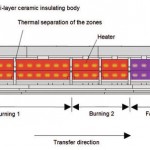
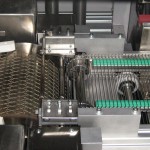
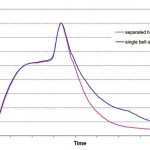

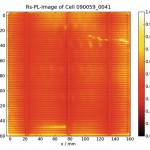
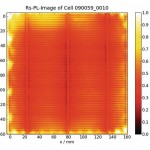
.png)







